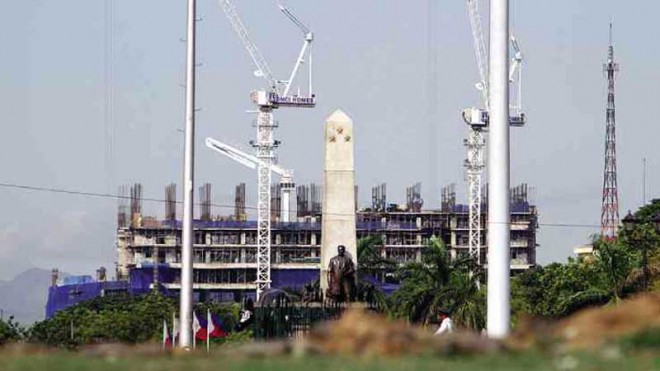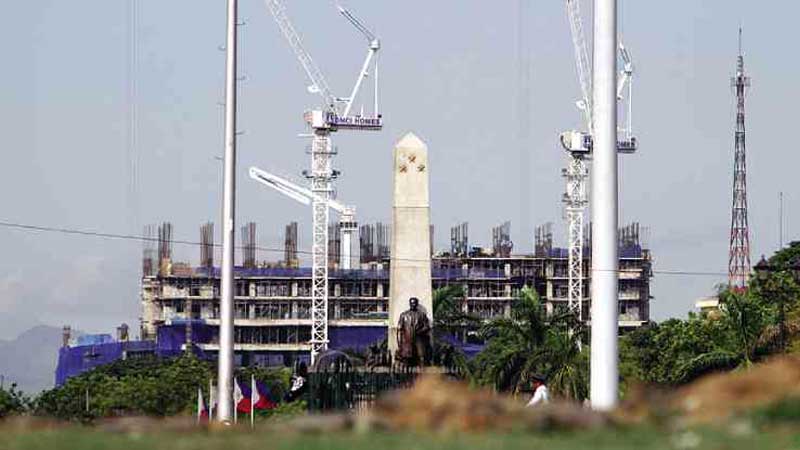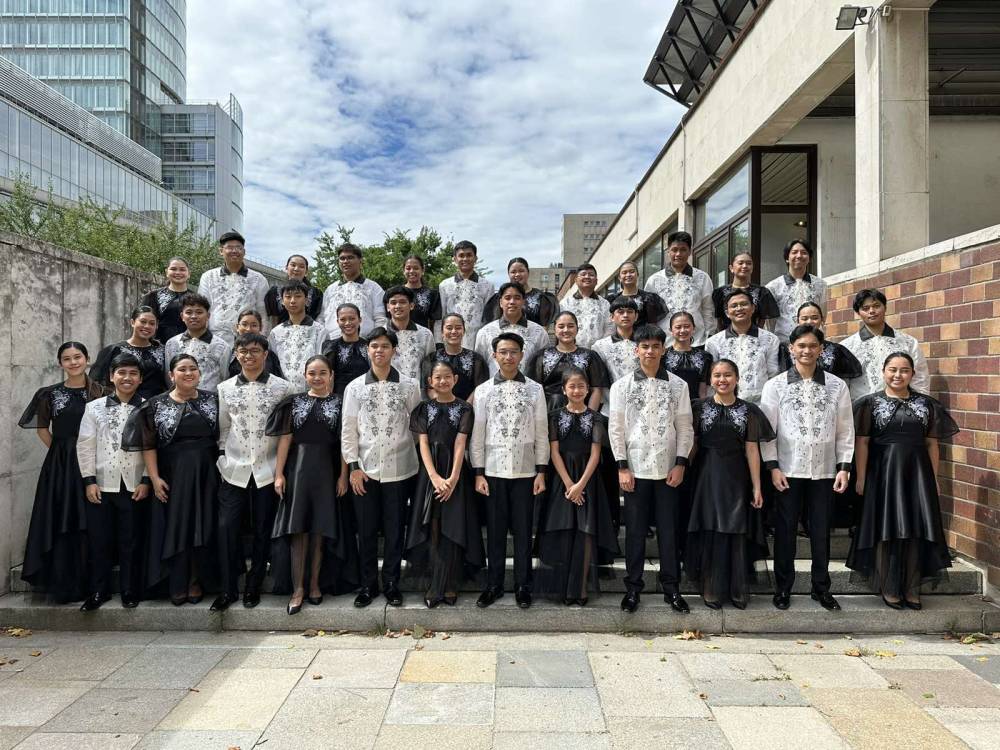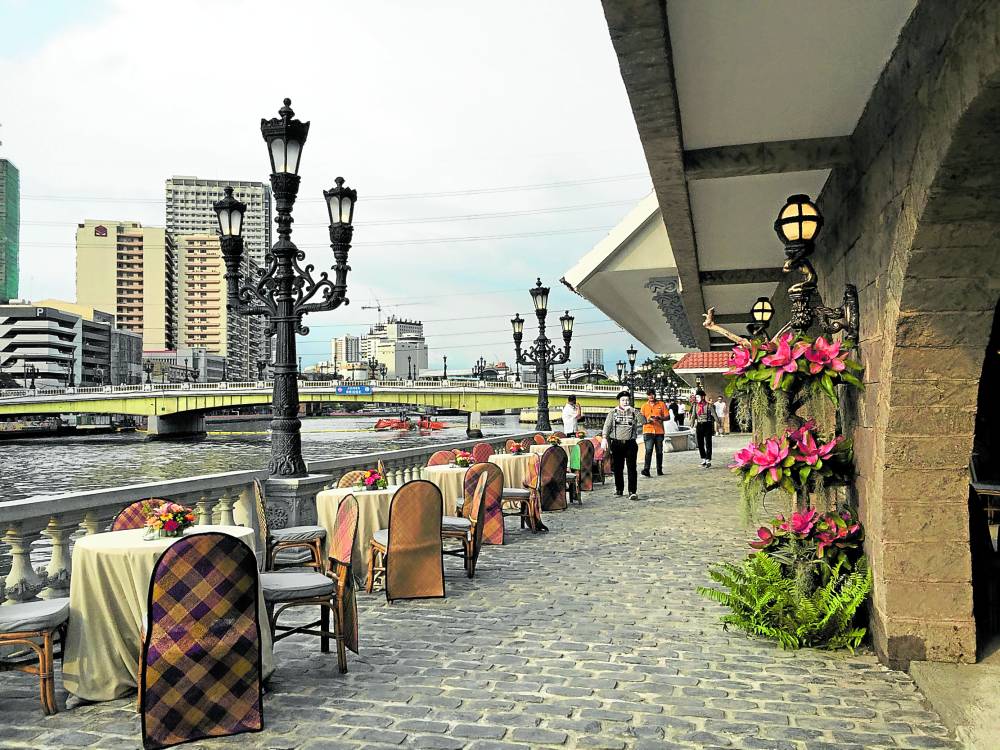
MANILA, Philippines–The furor over Torre de Manila, a condo project said to be ruining the sight line of the Rizal Monument, has given rise to complaints against other structures unwelcome to heritage groups in Manila.
The latest to speak up were residents of Sta. Ana, one of the oldest settlements along the Pasig River.
In Thursday’s Senate hearing on the Torre controversy, the Sta. Ana Heritage Tourism Association (SAHTA) raised a new issue and drew attention to a company currently building a 30-story condo amid the century-old houses being preserved in the district.
According to SAHTA president Sylvia Lichauco-de Leon, the Manila River Green Residences project of CDC Holdings started in late 2012 without a building permit and an archaeological impact analysis (AIA), the latter required by the National Museum for modern developments in areas of historical significance or certified as archeological sites.
“We were earlier deputized to stop the construction but the workers told us that they were not stopping because the company’s higher officials were already on their way to City Hall,” De Leon recalled in the Senate inquiry led by Sen. Pia Cayetano.
“They continued working despite our demands, and they stopped only after (we secured) letters from the National Commission on Culture and the Arts and from the National Museum.’’
De Leon said the project was still subject to an AIA when CDC eventually secured a building permit late last year. When work was finally suspended in December 2013, most of the pillars had been driven into the ground.
Her group could tell that the pillars had damaged ancient artifacts underground because, by then, the construction site had already yielded broken ceramic pieces believed to be centuries old, De Leon said.
Work resumed later, but De Leon lamented: “The AIA should be done before one can apply (for a building permit). Also, the zoning permit they got was for a different address, for (another) project in Sta. Ana. They got a permit for two buildings, 30 stories each, without going to the City Council. What arrogance for a developer?’’
Sought for comment, CDC issued a statement saying it had followed the law. “CDC followed the process in claiming permits. However, we were informed of the AIA requirement only after the project had started. Because of it, we stopped the development and went through the process again.” the company said.
“Eventually we were given clearance to continue as archaeologists said that the artifacts found at the site were considerably recent,” it added.
In the same hearing, National Museum acting assistant director Angel Bautista said the project was given “the clearance to proceed, provided they (the developer) follow the conditions of archaeologists. We are now monitoring the construction for any violation.”
Cayetano called on the Manila city government, national government agencies, and Sta. Ana residents to remain vigilant against similar projects. “Private developers are always rushing, even if one sweep of their bulldozer (could destroy) thousands of years of history. And we can’t bring that back. But we can’t just drop this cause because there are many more heritage sites in danger.”
Sta. Ana was declared a heritage zone by the NHCP in May this year and by the city council in 2011. This means new buildings in the area, for example, may not exceed the height of the tallest heritage structure, which is Sta. Ana Church.
The site of modern Sta. Ana is described in history books as once a thriving trading post for pottery, precious metals and textiles, dating back to the 13th Century. The Spanish colonial era later saw affluent families taking residence, many of their homes surviving to this day.
The district was largely spared from destruction during World War II, when it gave refuge to people fleeing other parts of Manila.
Its historical landmarks now include the Xavier House, which served as the clandestine base of Radyo Bandido when it called on the people to troop to Edsa during the 1986 People Power Revolution that toppled the Marcos dictatorship.














































